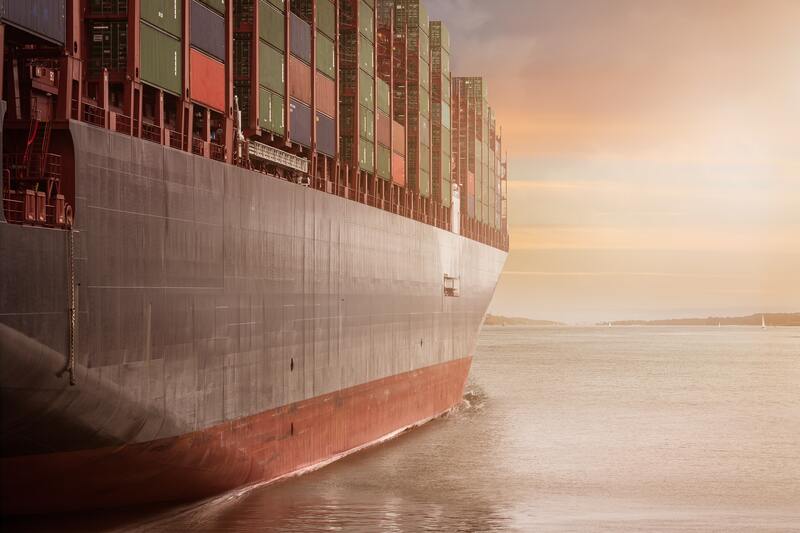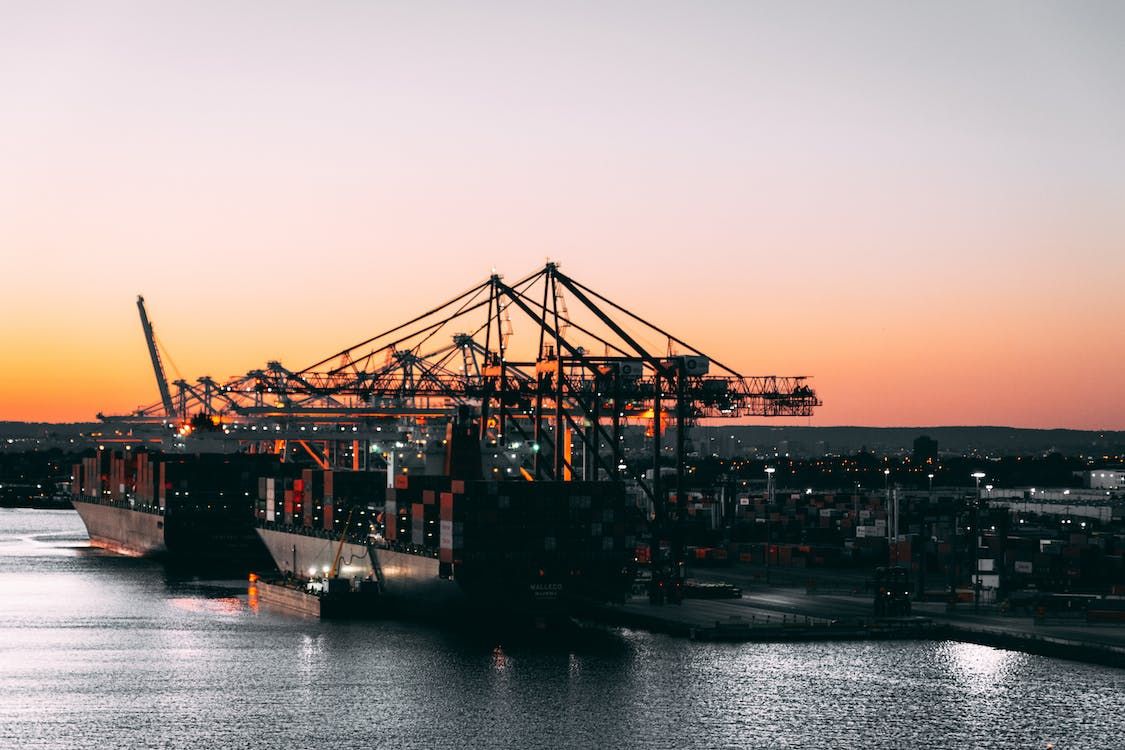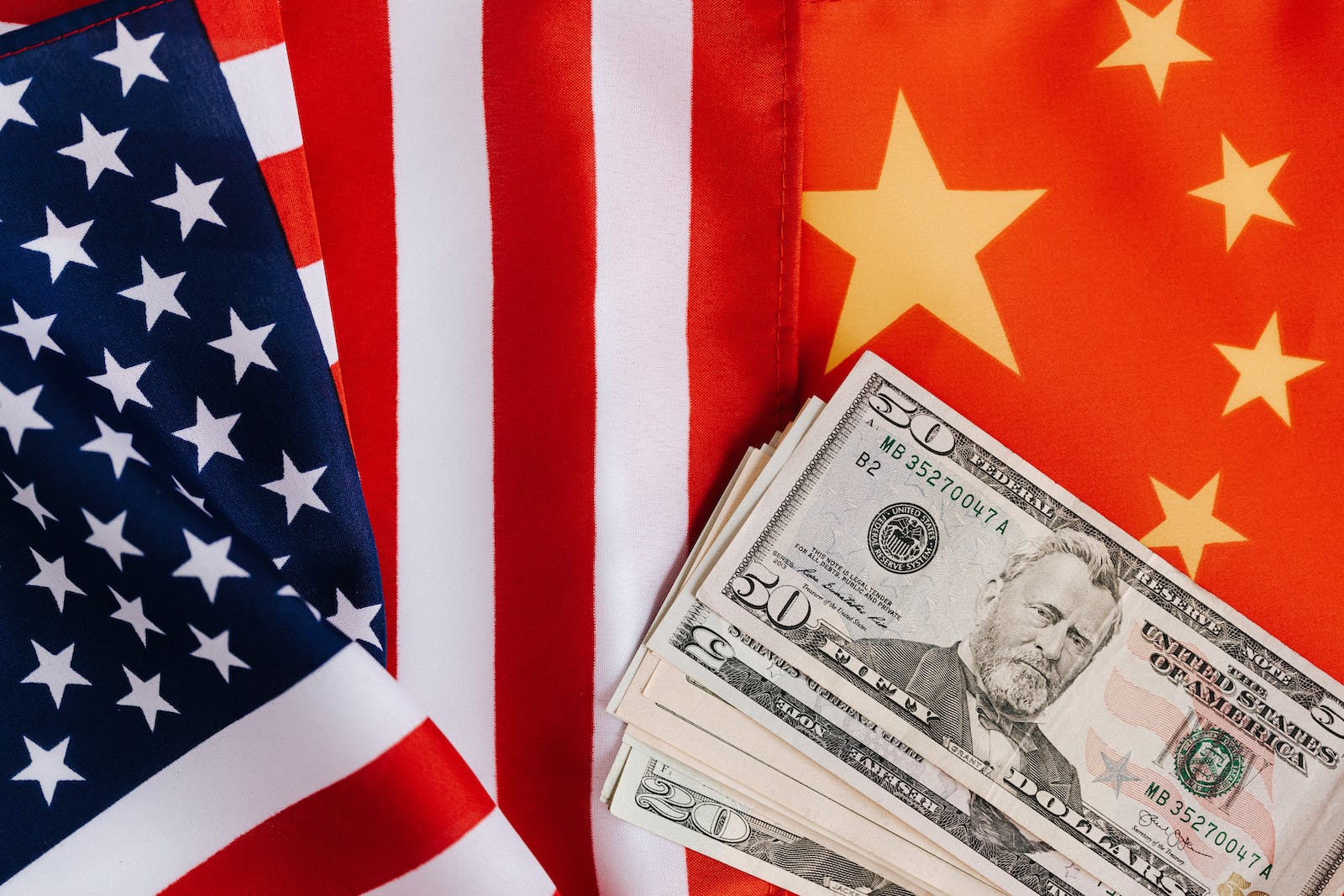Can freight cost continue to be ignored?

Author: Kalpesh Gupta, Senior Consultant
The modern era of international trade is one of the increasingly complex interactions between countries. Supply chains have crossed countries and regions. Naturally, the buying decisions of consumers depend on their final cost of procurement, when sourcing from the domestic suppliers, and when importing into India. One of the elements of such procurement cost would be the freight charges incurred while purchasing from different sources. In some cases, the freight cost may form a significant part of the procurement cost. For instance, in India, the majority of the Soda Ash producers are based in Gujarat. Transportation of Soda Ash to other parts of the country would involve significant transportation costs. For this reason, Annual Ciner Group Report had termed the Soda Ash industry as a logistic intensive industry. Other such products may be cement, caustic soda, tiles and hydrogen peroxide.
In such cases, it may be cheaper for the consumer to import the product, having regard to the freight cost involved. Therefore, the element of freight forms an important part of the decision of the consumer and impacts the competition between the domestic product and the imported goods. It is quite likely that a consumer may prefer to import the same product at the same price from other countries, rather than procuring domestically, only due to the higher freight cost involved in domestic transportation. However, at present, this aspect is overlooked in trade remedial investigations, as explained below.
Issue of freight cost in fair comparison
One of the factors for the determination of injury to the domestic industry is whether the imports are undercutting the prices of the domestic industry. For this purpose, as per practice, the ex-factory selling price of the domestic industry is compared to the landed price of the imports at the port in India. Further, the anti-dumping and anti-subsidy laws require determination of injury margin, which is the difference between the non-injurious price of the domestic industry and the landed price of the imported product. Again, the non-injurious price is determined at the ex-factory level for comparison with the landed price considered at the port in India. Therefore, in both cases, the aspect of freight involved is completely ignored. This may lead to a situation where no duty is imposed due to absence of injury or negative injury margin, despite the domestic industry suffering injury.
To illustrate with an example, let us assume that the ex-factory price of a domestic producer located at one location is Rs. 1,000 per MT, and its non-injurious price is Rs. 1,200 per MT. The freight cost to another city may be Rs. 500 per MT, implying a total procurement cost to the consumer of Rs. 1,500 per MT. In this case, if the imported goods are available at a port near the customer at Rs. 1,300 per MT, the consumer would prefer to procure the goods through imports, as the final cost to the consumer is lower. Thus, in such a case, the domestic industry clearly lost market to imports, which were cheaper than its selling price and non-injurious price. However, due to non-consideration of freight, it would lead to a conclusion that there is no price undercutting and injury margin is negative in an anti-dumping or anti-subsidy investigation.
In the past, the domestic producers have made several presentations to the Designated Authority requesting consideration of freight cost in determination of price undercutting and injury margin. However, the Authority has taken a view that freight cannot be considered for determination of injury margin. In particular, the Authority has noted that Annexure – III clearly says that non-injurious price should be determined on an ex-factory level, and that freight cost should be excluded. However, the Indian industry has reiterated that since the Rules are silent on the manner of determination of injury margin, the issue of freight can be considered as an adjustment to injury margin for the purpose of fair comparison of non-injurious price with the import price.
India’s Position for Fair Comparison before WTO
Interestingly, in its proposal to the WTO on mandatory application of lesser duty rule, India has also suggested that the delivered price of a product may be considered for determination of injury margin. India’s proposal refers to import price, which has been defined as including the delivered price of the product to the customer.
“For the purpose of this annex, the term “price of the dumped imports” shall be interpreted as meaning import prices at any level such as cost, insurance and freight, or ex-customs area, or resale price to the importer, or delivered price to the customer, provided that the comparisons with the price of the like product under sub-paragraph 1.1, or with the target price under sub-paragraph 1.2, for the purpose of arriving at the injury margin, are made only at a comparable level.”
India had also proposed that determination of injury margin should be made in a manner which enables comparisons as close to the point of consumption as is reasonably possible. Therefore, there is a divergence between the proposal made by India before the WTO and the practice followed in Indian investigations
Practice in other countries
In addition to India, certain other countries also consider freight for determination of injury margin. For instance, the Brazilian Authority consider the principle of fair comparison while determining injury margin, for which delivered price may also be considered as an option.
The challenge before the Authority is that consideration of freight may lead to more complexities in the determination of injury margin. However, any trade remedial investigation concerning products having significant freight costs would be futile, unless such costs are not considered. Recently, the Soda Ash industry withdrew an application requesting anti-dumping duty on imports from UAE and Russia and requested termination of the investigation. One of the grounds for the withdrawal was that unless freight cost is considered for the determination of injury margin, the investigation would serve no purpose. It is, thus, evident that the issue of freight cost is quite critical from the perspective of domestic producers and non-consideration thereof may be fatal to the case.
It would be worth noting that in June 2018, the Designated Authority had issued a stakeholder consultation seeking comments on whether freight should be considered for determination of injury margin. One of the bottlenecks that was identified in the consultation note was the significant information required and the source of information. Indeed, while consideration of freight requires collection of information, the importers and users of the goods, in any case, participate in an investigation and can provide relevant information to the Authority. Further, even if they do not participate, the Authority can apply the best available information to it and determine the best estimates of freight. Therefore, while the consideration of freight may be slightly difficult, it may prove to be crucial in trade remedial investigations.
You May Also Like

Addressing Input Cost Distortions in Dumping Margin Calculations

Availability of Import Data: Balancing Confidentiality of Proprietary Information & the Legitimate Requirements of Parties

Benefit under Advance Authorization : Key Change in US Position


